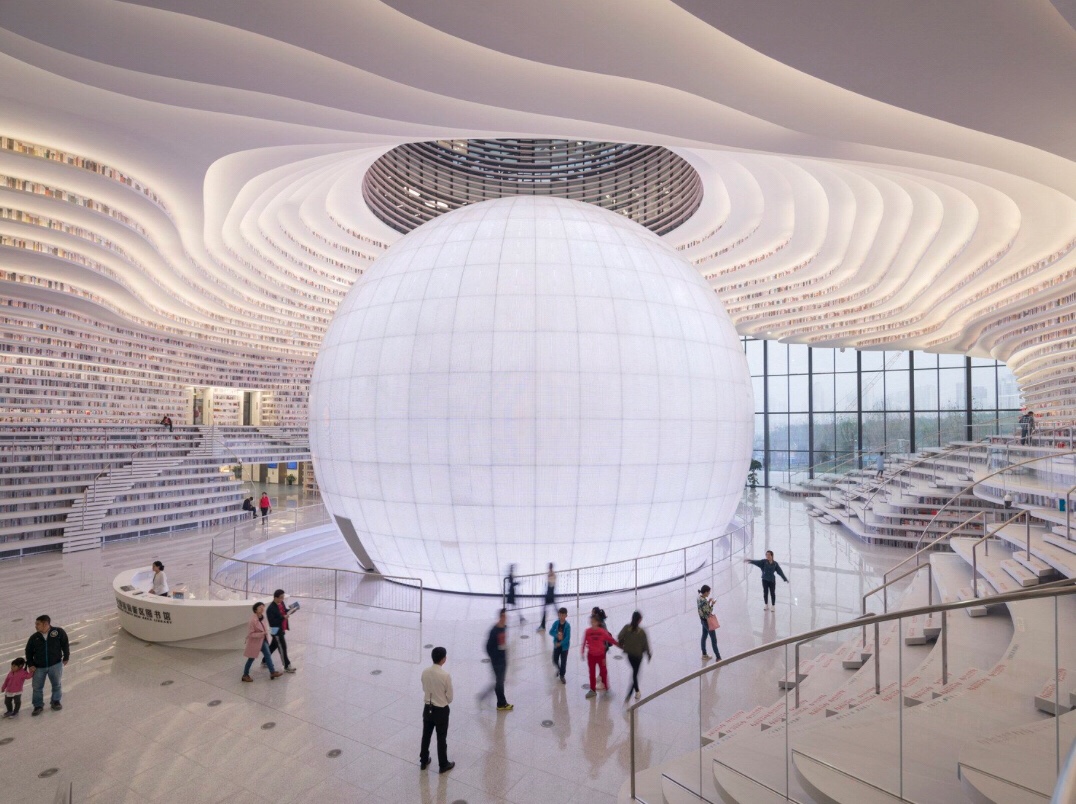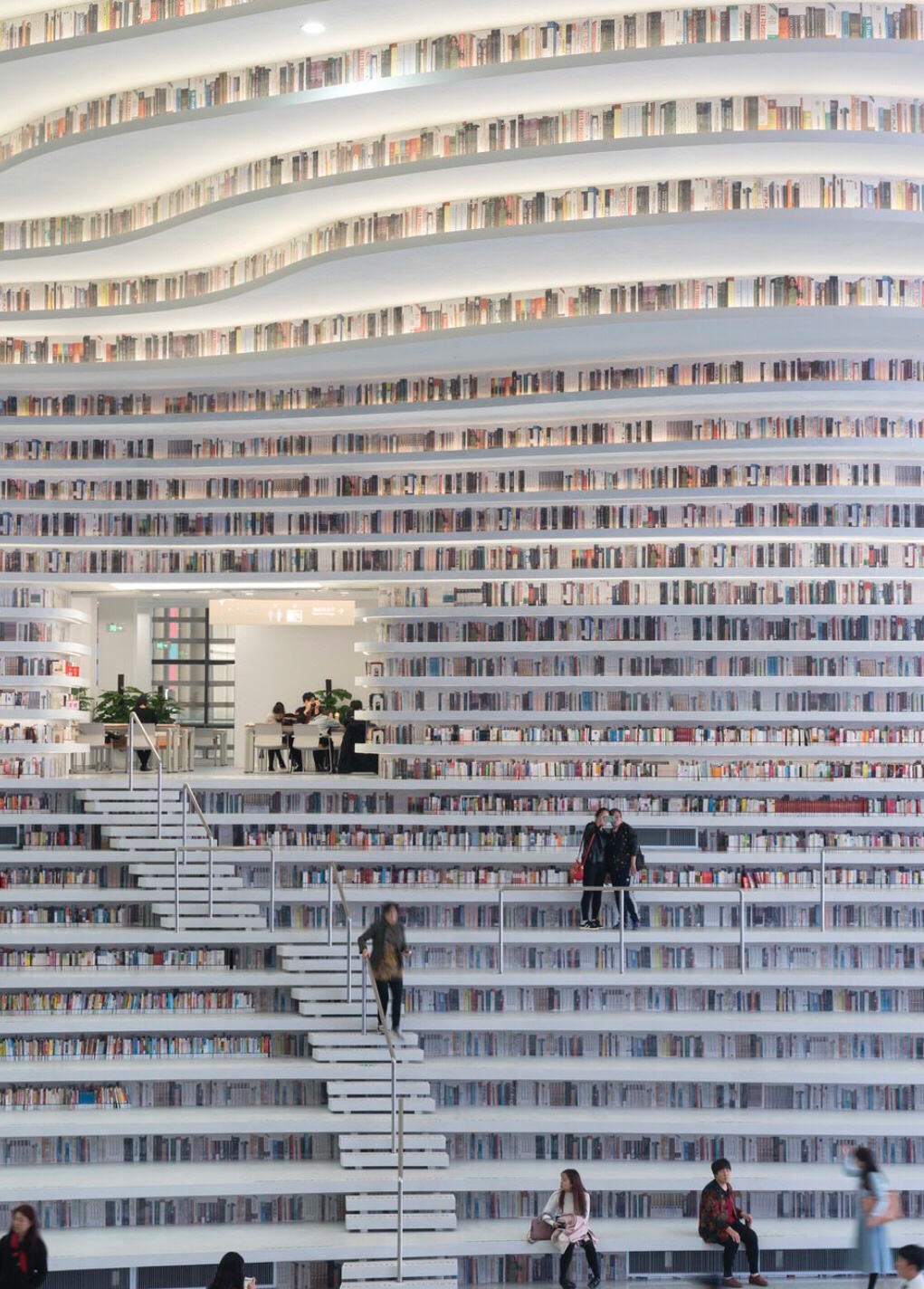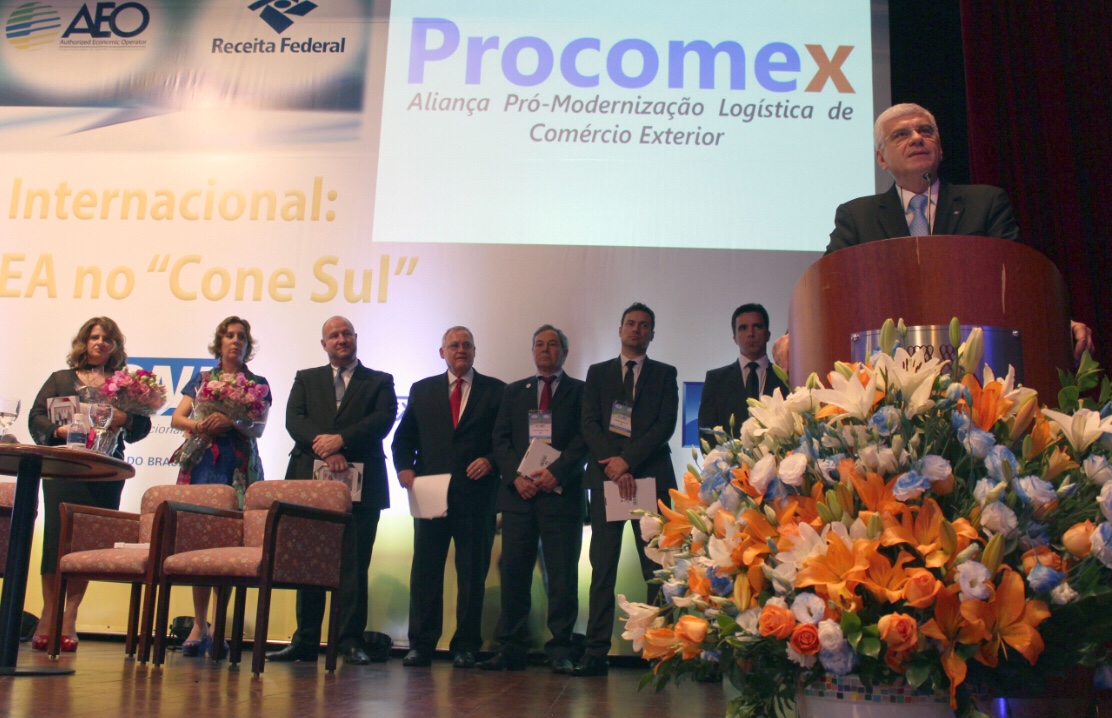China recently opened a new futuristic library that contains a staggering 1.2 million books.

The new Tianjin Binhai Library in Tianjin, China, was recently opened and is an architectural masterpiece. I love it, I have to go to see it.

The five-story, 360,000-square-foot library features shelves spanning from the floor to ceiling — many of the shelves double as stairs and seats in the beautifully designed space.

The “books” above the actual bookshelves are actually painted onto the building to look like full shelves that continue up to the ceiling (creating the floor-to-ceiling illusion).

The Tianjin Binhai Library was built in just 3 years and opened to the public on October 1st, 2017.
Read the article here; A new world library
Image credits: Photographs by Ossip van Duivenbode and used with permission
Source: PetaPixel
In Sao Paulo, Brazil, I this week got a gratitide ceremony and rewatd for the work on AEO Brazil. Together with the Brazilian AEO Team I was asked on staged an awarded for the work done over the last four years.

The Secretary of Receita Federal, Dr. Jorge Rachid, gave a thank you speech to the team explainhow AEO Brazil has changed the country for the better. An emotional and great moment for all of us.
Today the holiday season starts. I want to wish all colleagues and friends – especially the many readers of this blog: Happy Holidays!

Enjoy the days of vacation with family and friends. I will.






You must be logged in to post a comment.